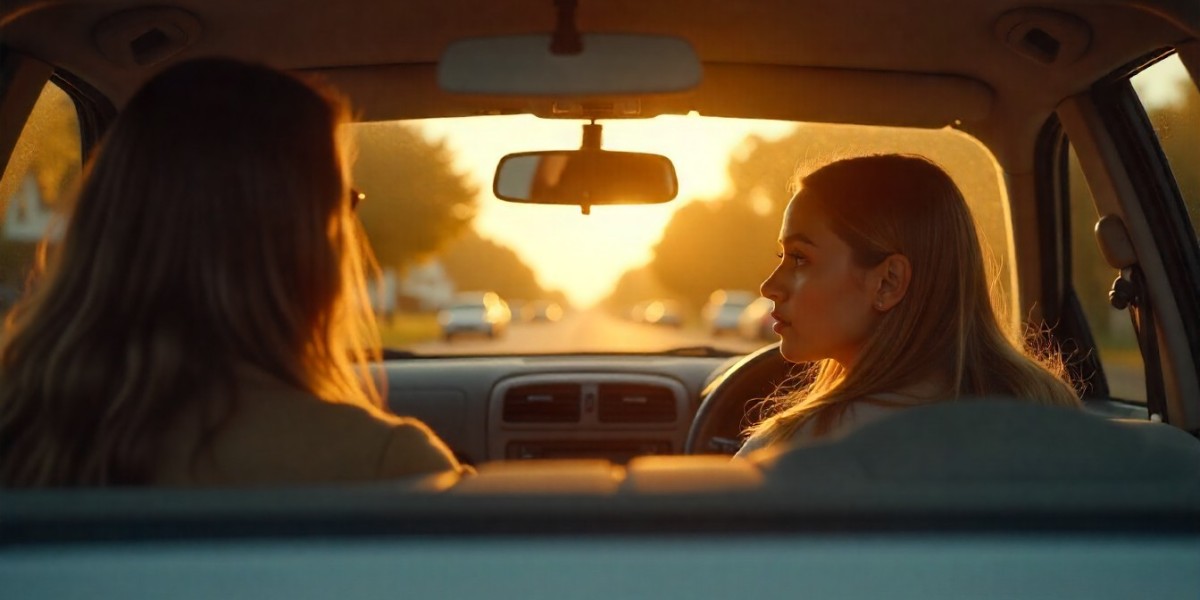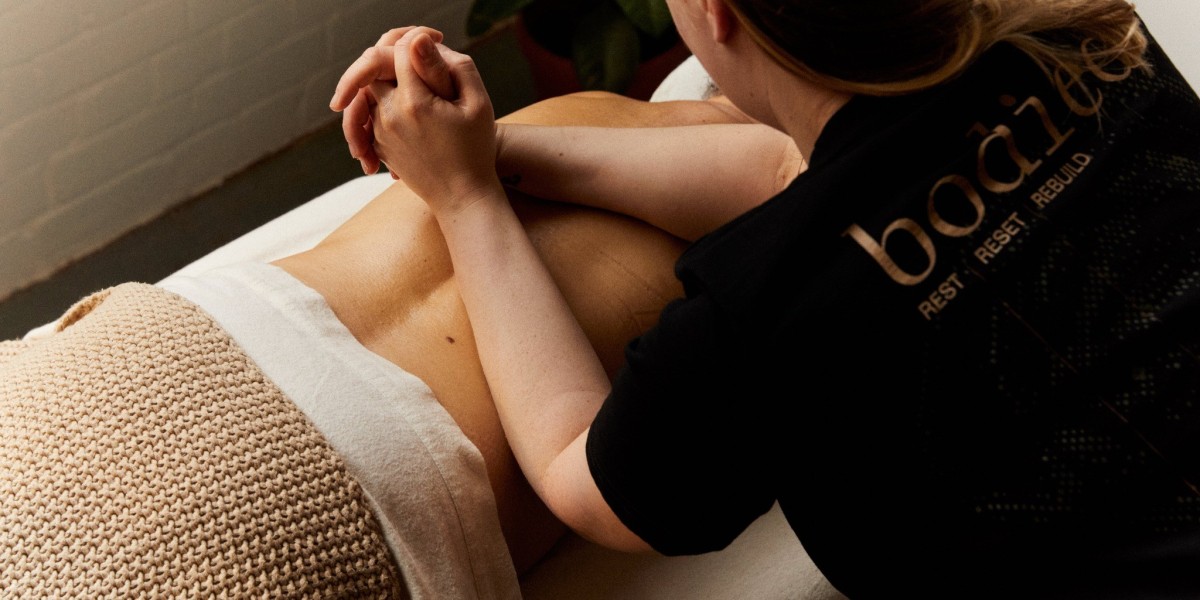When you’re accused of dangerous driving, the case against you is built entirely on evidence. But evidence can be flawed, misinterpreted, or incomplete. The key to a successful defence isn’t just about telling your side of the story; it’s about taking the prosecution's evidence apart, piece by piece.
At Motoring Defence, our expert dangerous driving solicitors are specialists in this forensic analysis. Here’s a no-nonsense guide to how we challenge the evidence to build the strongest possible defence for you.
What Evidence Will the Prosecution Use?
The Crown Prosecution Service (CPS) will build its case using several types of evidence. Understanding what they have is the first step to figuring out how to beat it. This typically includes:
- Police Witness Statements: The written account from the police officers who witnessed the driving or attended the scene.
- Civilian Witness Statements: Accounts from other drivers or pedestrians.
- Video Footage: This is often the most powerful evidence and can come from police car dashcams, public CCTV, or other road users' dashcams.
- Collision Investigation Reports: If there was a crash, a specialist forensic investigator may have produced a technical report.
Challenging Witness Evidence: Is Their Account Really Accurate?
Human memory is not a perfect recording. A witness’s perception of speed, distance, and time can be highly inaccurate, especially in a fast-moving and stressful situation.
Our job is to scrutinise their statements for inconsistencies and contradictions. We will compare every witness account against each other and against any available video footage. In court, we will cross-examine the witnesses to test the reliability of their memory and their point of view. A confident witness can often be shown to be a mistaken one.
Deconstructing Video Evidence: A Picture Isn't the Whole Truth
Dashcam or CCTV footage can seem like a knockout blow, but it often doesn't tell the full story.
An expert solicitor will analyse the footage frame-by-frame. We look at the context. Did another driver’s actions, not visible in a short clip, cause you to take evasive action? Does the wide-angle lens of a dashcam distort the perception of speed and distance? We argue that a brief moment captured on video does not necessarily meet the high legal test of driving "far below" the standard of a competent driver.
Technical Defences: Did Your Car Fail You?
In some cases, the dangerous manoeuvre may have been caused by a sudden and previously unknown mechanical defect in your vehicle, such as brake failure or a steering malfunction.
This is a complex defence to run, but it can be a complete answer to the charge. It requires a formal report from an expert vehicle examiner who can inspect your car and provide evidence to the court that the defect was sudden and unforeseeable. The dangerous driving solicitors at Motoring Defence have a network of the UK’s leading automotive experts to call upon for these cases.
The Role of Expert Reports
A key part of the service provided by specialist dangerous driving solicitors is knowing when to instruct our own expert witnesses to challenge the prosecution's case. This could be an independent collision investigator to produce a report that contradicts the police's version of events, or a medical expert if we believe a sudden medical event may have caused the incident.
The Bottom Line
A dangerous driving charge is built on evidence, but that evidence must be tested, challenged, and scrutinised. Don't ever assume the case against you is unbeatable. An expert forensic analysis by specialist dangerous driving solicitors can often reveal the weaknesses in the prosecution's case and uncover the path to a successful defence.







